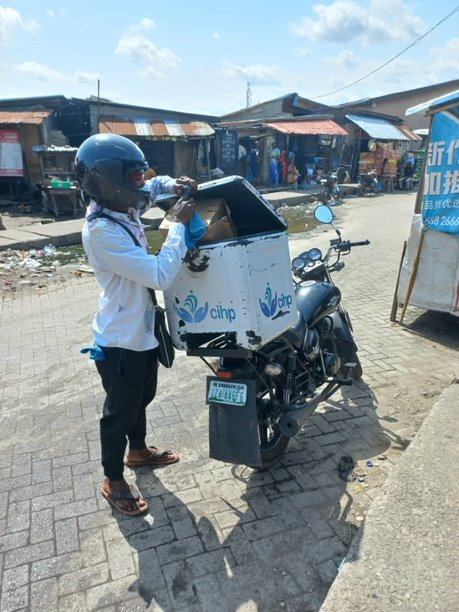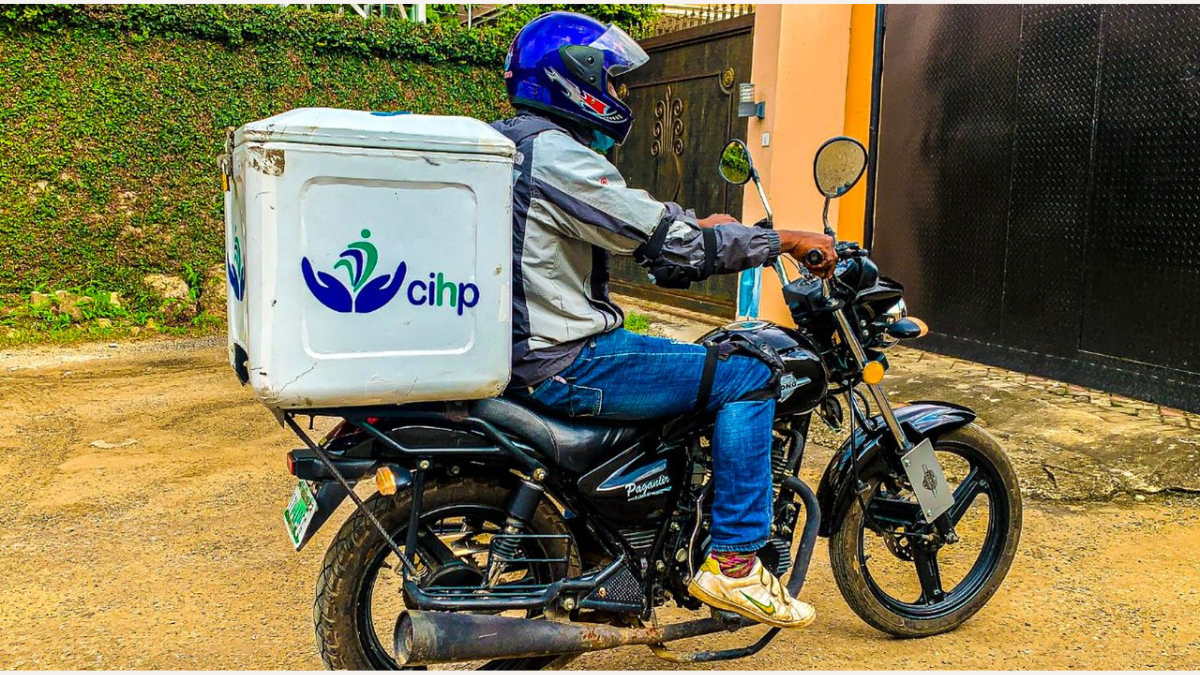In collaboration with stakeholders, CIHP achieved an unparalleled public health feat in Gombe – the rapid scale-up of antiretroviral therapy (ART) for HIV. With more people starting ART in recent years than in previous years and the rise in the number of HIV-positive individuals receiving treatment, the problem of poor retention in care emerged. Poor retention undermines efforts to optimize patient and program outcomes and triggers a need for innovative health systems thinking to minimize interruptions in treatment impact on sustained viral suppression.
To address this challenge, CIHP Gombe implemented an innovative community intervention program to deliver and improve adherence to treatment services. The Mobile care (M-Care) is a mobile, focused, flexible service delivery platform that delivers personalized and comprehensive package of health interventions/services to People Living with HIV (PLHIV) at their convenience. These services go beyond ART drug delivery to include the provision of mobile HIV treatment and care cascade services to improve testing and linkage to/ retention in care. The mobile services also improve initiation and adherence to antiretroviral treatment (ART), and ultimately, viral load suppression. Bike riders are assigned to groups of PLHIV based on location to deliver services to community members through structured motorbike outreach. Bike riders follow a journey plan developed from mapped hard-to-reach communities. The riders provided mobile ART services to facilitate access to ARVs, improved
Between January 2021 and September 2022, a total number of 9,182 PLHIV received home-based care services including ARV drug delivery, clinical screening for TB and patient education to improve health literacy across nine facilities. This represents 61% of the people living with HIV currently on treatment in these facilities. CIHP also collected a total of 4,089 viral load samples from eligible PLHIV in the community during the period. As of September 2022, the number of clients that experience IIT in these facilities were only 64 representing less than 1% of the total number of 14, 174 people currently on treatment. For these facilities, it is a huge drop from the previous record of 5%.
M-Care Rider delivering medications
Shifting care to the community or the individual is a logical consideration for improving efficiency, treatment continuity, and the long-term viability of the HIV response, while also reducing the burden on the health care facilities.

NEWSLETTER
Hot topics
Social Campaign



